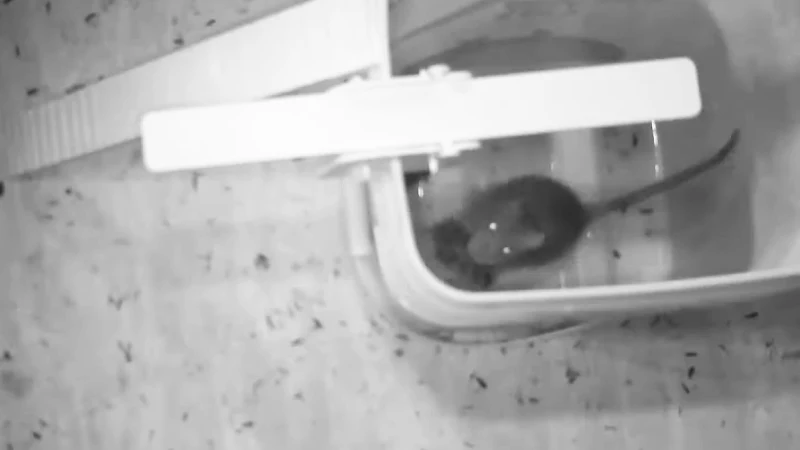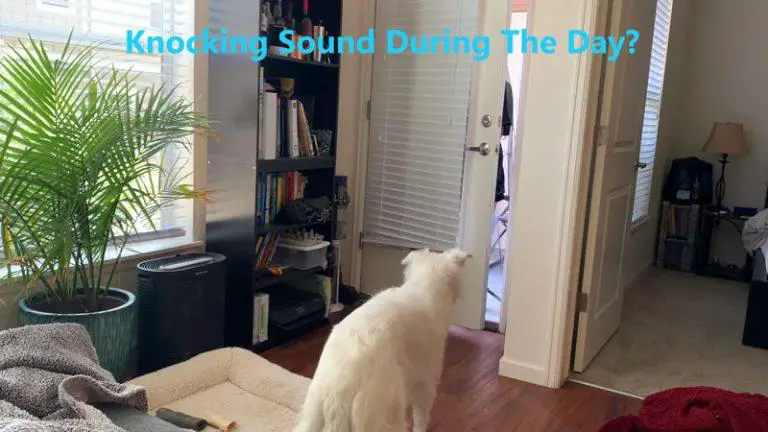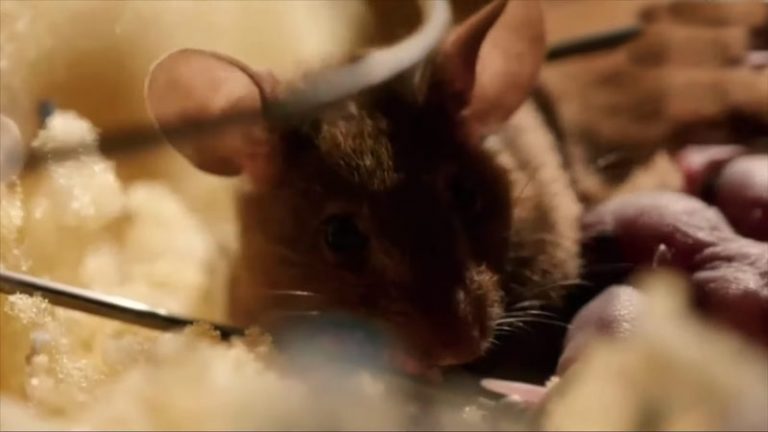What Would Eat a Mouse in a Trap?

In this article, we will explore the various animals that may eat a mouse that has been caught in a trap. Mice are known to scavenge for food and may eat other mice if they come across them, but there are also a variety of insects and larger animals that may be attracted to a dead mouse and consume it.
Understanding the potential predators of a trapped mouse can be helpful in understanding the behaviors of pests and in properly disposing of dead mice to prevent attracting other pests or creating unpleasant odors.
You'll Learn About
What Would Eat a Mouse in a Trap?
Sometimes other mice were responsible for eating the dead mouse in the trap. Mice are known to scavenge for food, including eating other mice, so it is not uncommon for them to eat a dead mouse if they come across it.
It is also possible that ants or other insects could have eaten some of the mouse, but it is less likely that a larger animal such as a cat, raccoon, or snake could have gotten into the attic and eaten the mouse in the trap.
It is important to properly dispose of dead mice and other pests to prevent attracting other pests or creating unpleasant odors.
Things Would Eat a Mouse in a Trap
Other Mice
Mice are known to scavenge for food and will eat other mice if they come across them, including mice that have been caught in traps.
It is not uncommon for other mice to scavenge for food, including eating a dead mouse that has been caught in a trap. Mice are known to eat other mice, particularly if they are hungry and there is a shortage of other food sources.
This behavior is known as necrophagy, and it is thought to be a way for mice to obtain protein and other nutrients that may be lacking in their diet. In addition to eating other mice, mice may also eat insects, seeds, and other small bits of food.
Insects
A variety of insects may be attracted to a dead mouse and eat it. Ants, in particular, are attracted to protein and may consume small animals such as mice.
Flies can also be attracted to decomposing organic matter and may lay eggs on the mouse, which will hatch into maggots that will consume the flesh of the mouse. Some species of beetles are also attracted to decomposing organic matter and may eat the mouse.
Larger Animals
Larger animals such as rats, raccoons, opossums, and snakes may also eat a mouse that has been caught in a trap if they can access it.
These animals are omnivorous or predatory and will eat a variety of food sources, including small mammals like mice. It is important to be aware of the presence of these larger pests and take steps to prevent them from entering your home or property.
Insects (Ants)
A variety of insects may be attracted to a dead mouse and eat it. Ants, in particular, are attracted to protein and may consume small animals such as mice.
If a mouse has been caught in a trap and left for an extended period of time, it is possible that ants may find it and begin to eat it. Ants are attracted to protein and can eat small animals such as mice.
Flies
Flies are attracted to decomposing organic matter and can lay eggs on the dead mouse, which will hatch into maggots that will consume the mouse’s flesh.
Flies are also attracted to decomposing organic matter and may lay eggs on a dead mouse. The eggs will hatch into maggots, which are the larvae of flies. Maggots are also attracted to decomposing organic matter and will consume the flesh of the mouse.
If a mouse has been caught in a trap and left for an extended period of time, it is possible that flies may lay eggs on it and maggots may begin to consume it.
Beetles
Some species of beetles are attracted to decomposing organic matter and can eat the flesh of small animals such as mice.
Some species of beetles are attracted to decomposing organic matter and may eat a dead mouse. Beetles are often attracted to the scent of a dead animal and will consume the flesh if it is available. It is important to properly dispose of dead mice and other pests to prevent attracting beetles and other insects.
Maggots
Maggots are the larvae of flies and are attracted to decomposing organic matter. They will consume the flesh of the mouse if it is available.
Larger Animals
Larger animals such as rats, raccoons, opossums, and snakes may eat a mouse that has been caught in a trap if they can access it. These animals are omnivorous or predatory and will eat a variety of food sources, including small mammals like mice.
It is important to be aware of the presence of these larger pests and take steps to prevent them from entering your home or property.
Rats
Rats are larger than mice and are also known to scavenge for food. They may eat a mouse that has been caught in a trap if they come across it.
Rats are larger than mice and are also known to scavenge for food. They may eat a mouse that has been caught in a trap if they come across it. Rats are omnivorous and will eat a variety of food sources, including seeds, fruits, vegetables, and small animals.
It is important to take steps to prevent rats from entering your home or property, such as sealing any holes or gaps and removing potential food sources.
Raccoons
Raccoons are omnivorous and will eat a variety of food sources, including small animals such as mice. If a raccoon can access the mouse in the trap, it may eat it.
Raccoons are omnivorous and will eat a variety of food sources, including small animals such as mice. If a raccoon can access a mouse that has been caught in a trap, it may eat it.
Raccoons are known to be adept at getting into homes and outbuildings, and it is important to take steps to prevent them from entering your property.
Opossums
Opossums are omnivorous and will eat a variety of food sources, including small animals such as mice. If an opossum can access the mouse in the trap, it may eat it.
Opossums are also omnivorous and will eat a variety of food sources, including small animals such as mice. If an opossum can access a mouse that has been caught in a trap, it may eat it.
Opossums are known to be attracted to garbage and other sources of food, and it is important to take steps to prevent them from accessing these sources.
Snakes
Some species of snakes will eat small mammals such as mice. If a snake can access the mouse in the trap, it may eat it.
Some species of snakes will eat small mammals such as mice. If a snake can access a mouse that has been caught in a trap, it may eat it.
Snakes are generally not a threat to humans and are important for controlling pest populations, but it is important to be aware of their presence and take steps to prevent them from entering your home or property.
Owls
Owls are predators that may eat a mouse that has been caught in a trap if they can access it. Owls are known to prey on small mammals such as mice, and they may be attracted to the scent of a dead mouse. It is important to be aware of the presence of owls in your area and take steps to prevent them from accessing trapped mice or other pests.
There are many species of owls, and they can be found in a variety of habitats including forests, grasslands, deserts, and urban areas. Owls are nocturnal and are known for their sharp eyesight and silent flight, which enables them to capture their prey effectively. In addition to mice, owls may also prey on rats, voles, and other small mammals.
Overall, it is important to be aware of the presence of owls and take steps to prevent them from accessing trapped mice or other pests. This can help to protect your home and property and prevent the spread of diseases and other health hazards. Owls are protected under the Migratory Bird Treaty Act, and it is illegal to harm or kill them. If you have a problem with owls accessing trapped mice or other pests, it is important to contact a professional for assistance.
It is important to properly dispose of dead mice and other pests to prevent attracting insects and creating unpleasant odors. If a mouse has been caught in a trap, it is best to remove and dispose of it as soon as possible to prevent attracting other pests.
How to Prevent Pets and Dispose Dead Mice?
Here are a few additional tips for preventing pests and properly disposing of dead mice:
Seal Any Holes or Gaps in Your Home or Property
Mice and other pests can enter your home through small holes and gaps, so it is important to seal these openings to prevent them from entering. Use caulk or steel wool to fill any gaps or holes, and consider using a pest-proofing spray to prevent pests from entering through cracks and crevices.
Keep Food Stored in Airtight Containers
Mice and other pests are attracted to food sources, so it is important to store food in airtight containers to prevent them from accessing it. This includes pet food, which should be stored in a sealed container to prevent pests from getting to it.
Remove Clutter
Pests often seek out places to hide, so it is important to remove clutter from your home or property to prevent them from finding hiding spots. This includes items such as cardboard boxes, old newspapers, and other materials that may provide shelter for pests.
Use Traps and Baits
Traps and baits can be an effective way to catch and remove pests from your home or property. Choose traps and baits that are appropriate for the type of pest you are trying to catch and follow the instructions carefully to ensure that they are used safely and effectively.
Properly Dispose of Dead Pests
It is important to properly dispose of dead pests to prevent attracting other pests or creating unpleasant odors. This includes sealing the pests in a bag and disposing of them in the trash, or placing them in a designated area away from your home or property.
Use Natural Pest Control Methods
There are many natural pest control methods that can be effective in preventing pests. These include using essential oils, diatomaceous earth, and other natural substances to deter pests.
Call a Professional
If you are unable to control pests on your own, it is important to call a professional for assistance. Pest control professionals have the training and experience to safely and effectively control pests and can provide helpful advice and guidance on how to prevent future infestations.
Final Words
There are various animals that may eat a mouse that has been caught in a trap. Other mice may scavenge for food and eat a dead mouse, and insects such as ants and flies may also be attracted to a dead mouse and eat it.
Larger animals such as rats, raccoons, opossums, and snakes may also eat a mouse in a trap if they can access it. Owls are predators that may prey on small mammals such as mice and may also eat a mouse in a trap if they can access it.
It is important to properly dispose of dead mice and other pests to prevent attracting other pests or creating unpleasant odors. If a mouse has been caught in a trap, it is best to remove and dispose of it as soon as possible to prevent attracting other pests.
Taking steps to prevent pests from entering your home or property and properly disposing of dead pests can help to protect your home and property and prevent the spread of diseases and other health hazards. If you have a problem with pests, it is important to contact a professional for assistance.


![Chipmunk Behind Siding [What to Do?]](/wp-content/uploads/2023/02/Chipmunk-Behind-Siding-768x432.webp)
